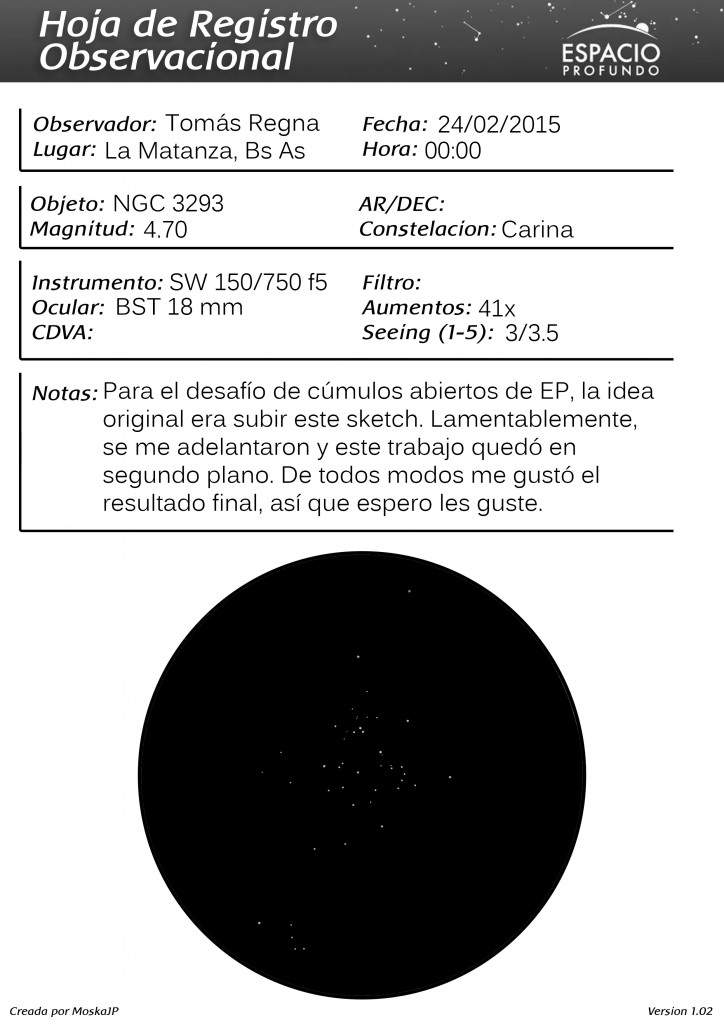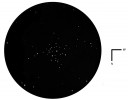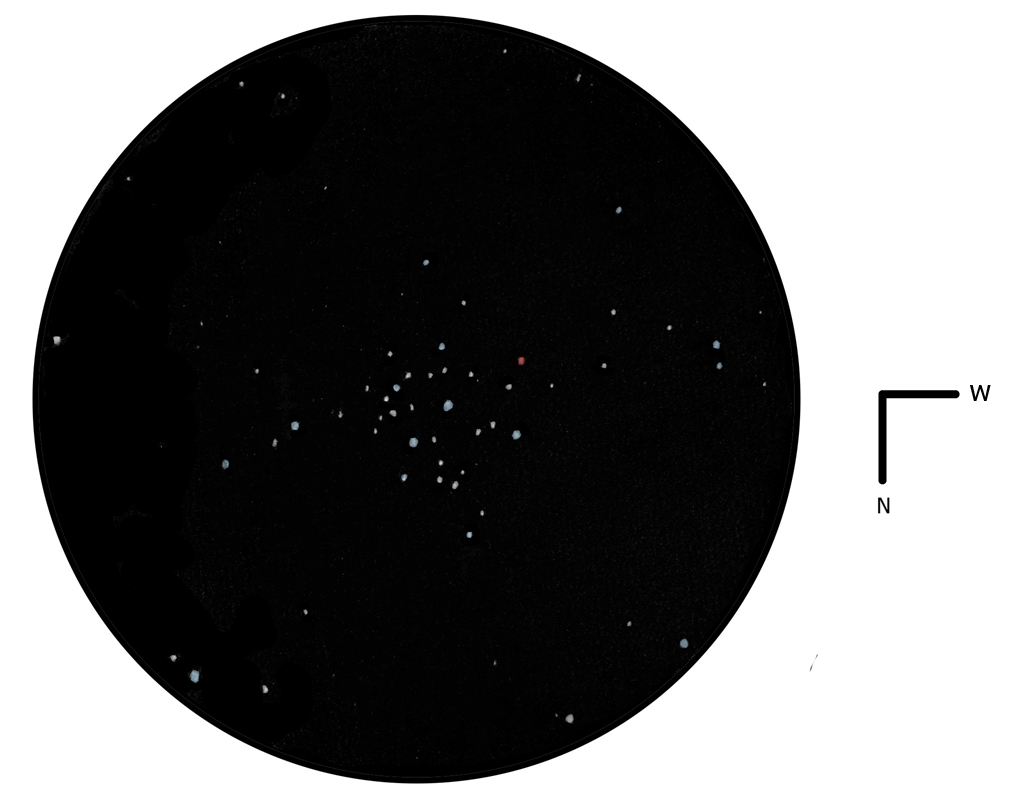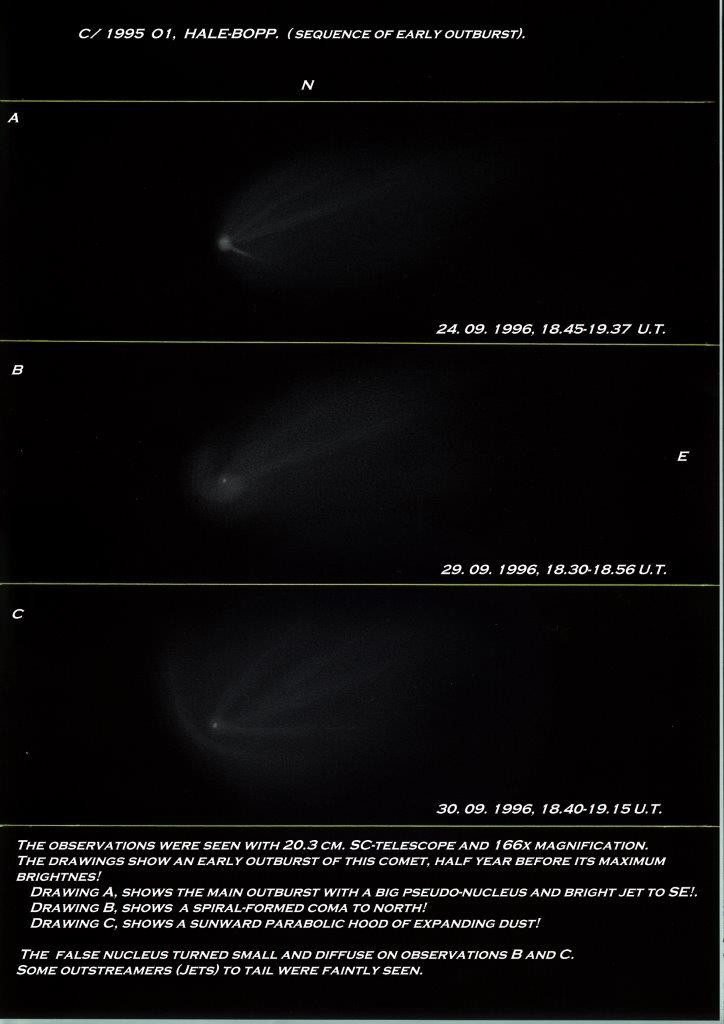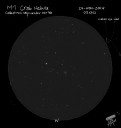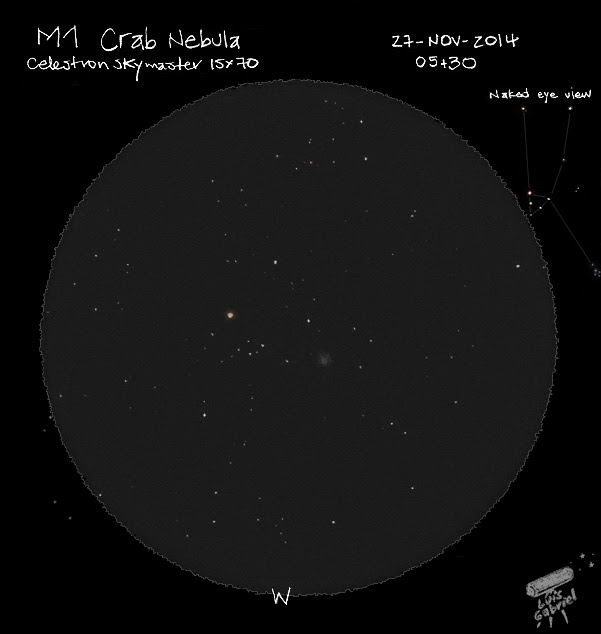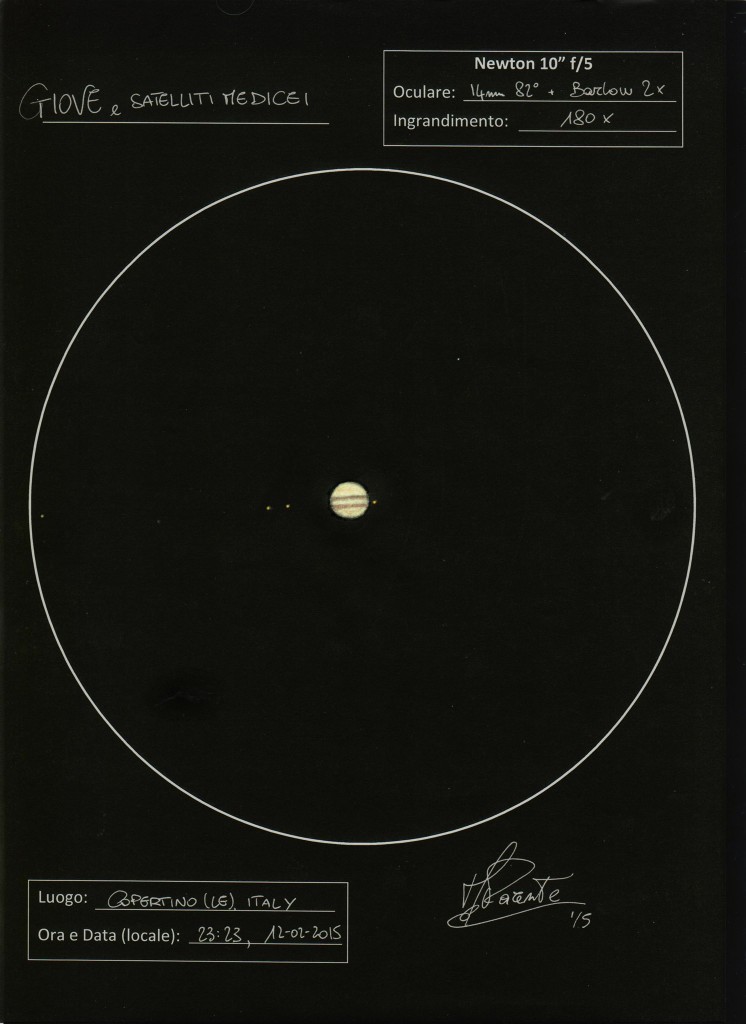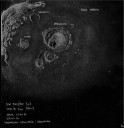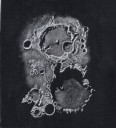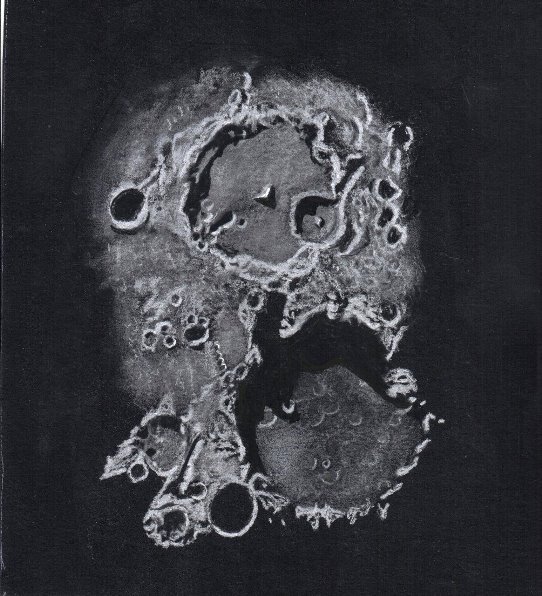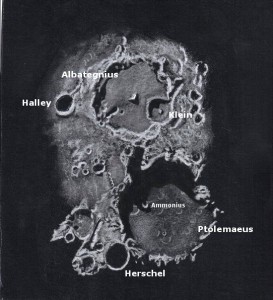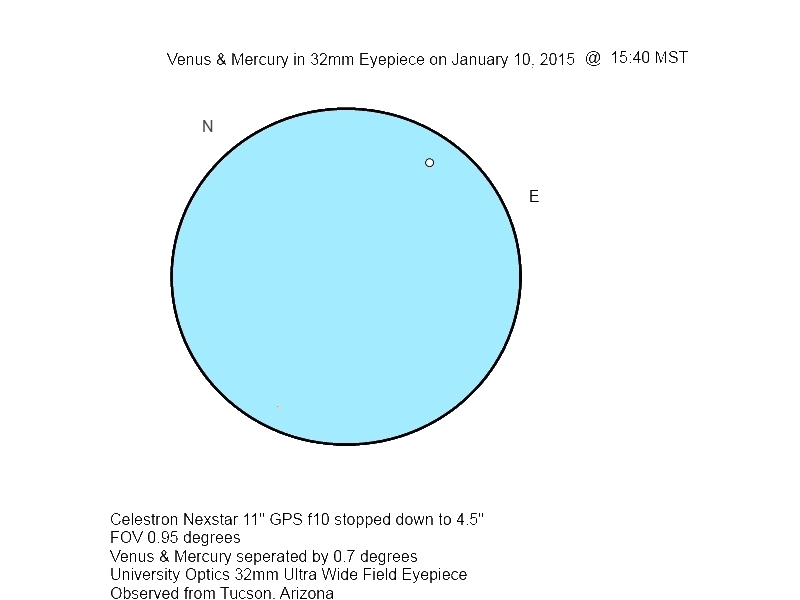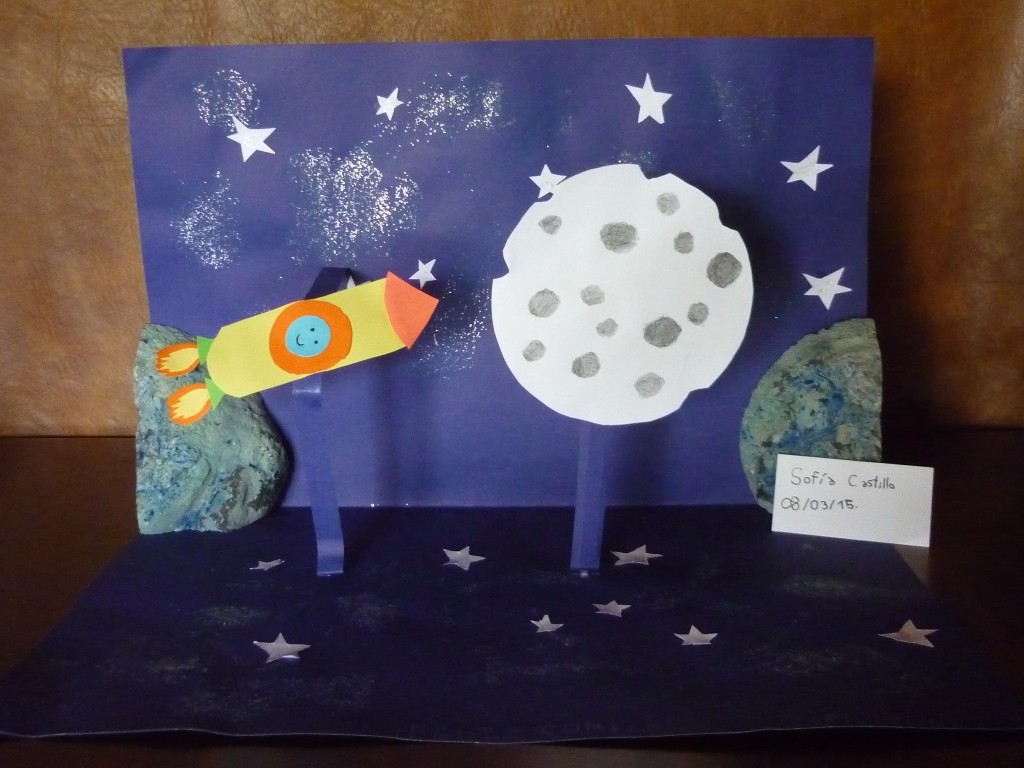
Estimado equipo de ASOD,
Para mi cumpleaños mi hija Sofía, de 9 años, realizó esta hermosa composición desplegable en “3D”. Un cohete con una carita feliz rumbo a la luna con un fondo de estrellas y cúmulos.
Sofía me acompaña en mi pasión por la Astronomía desde hace algunos años. Utilizamos un telescopio refractor 90/900 y unos binoculares 10×50, Ella es muy entusiasta y decidida a la hora de manipular la montura ecuatorial, especialista en encontrar satélites artificiales.
Conocedora de mi pasión por la llegada del hombre a la Luna, como todos aquellos que eramos niños en aquellos años, se decidió a realizar este regalo sorpresa.
Muchas gracias Sofi!
Mario Castillo (padre orgulloso)
In english (poor):
For my birthday my daughter Sofía, 9, did is beautiful composition “3D”. A rocket with a happy face towards the moon with a background of stars and clusters.
Sofia accompanies me in my passion for astronomy for several years. We use a 90/900 refractor telescope and binoculars 10×50, She is very enthusiastic and determined when handling the equatorial mount, specializes in finding satellites.
Aware of my passion for the man on the moon, and all those who were children in those years, she decided to make this surprise gift.
Sofi, thank you very much!
Mario Castillo (Proud Parent)
Thanks in advance!
—
Mario A. Castillo


